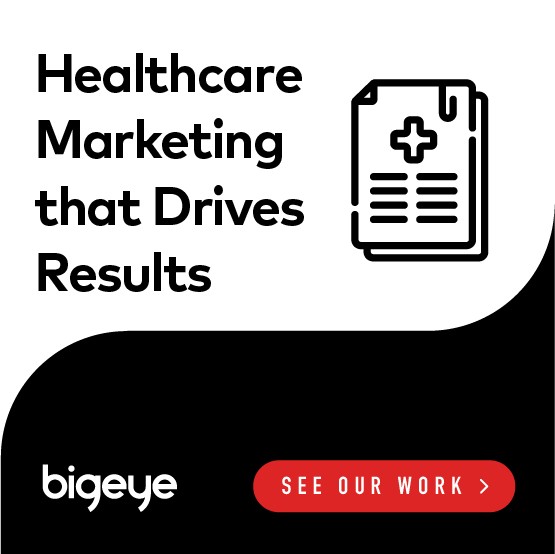Direct to consumer prescription drug ads are everywhere in the US — and almost unseen everywhere else. Here’s why.
In the U.S., consumers are bombarded with ads for pharmaceuticals — so much so, in fact, that the very form has become a cliché (think about “active seniors” pursuing their favorite activities while a narrator rattles off a list of side effects). If you work for a pharmaceutical advertising agency that isn’t based stateside, it’s an entirely different world, however.
The U.S. is the only large market where direct to consumer pharmaceutical advertising is permissible. Only one other country (the ‘tiny by comparison’ New Zealand) allows the practice — and that nation has seen repeated efforts to ban consumer prescription drug ads.
Let’s take a closer look at why direct to consumer drug marketing works, and any changes that could lie ahead.
The Power of Direct Advertising
While direct advertisements for pharmaceuticals are now inescapable, the truth is that they’ve only been around for 22 years. The practice of marketing medications to consumers was made legal under the Clinton Administration in 1997, immediately unleashing a torrent of new advertising on the public in a previously unseen category.
The rationale behind this move was simple: When people suffering from a certain affliction would see an ad for a product that treats their symptoms, they would ask their physician about the product, opening up an important dialogue about their health in the process.
However, the reality hasn’t always proved so simple. When direct advertising certainly works in terms of generating brand awareness and sales, some physicians have raised objections about the role it plays in patient health.
In a Food and Drug Administration survey, 65% of physicians reported feeling that direct advertising sent confusing messages to patients; a smaller number of physicians reported feeling pressure to prescribe as a result of direct ads.
This has occurred against a backdrop of massive expansion in direct pharma advertising dollars. According to a Journal of the American Medical Association study, total direct pharma ad spending grew more than 360% from 1997 to 2016.
The reason for that ad spend is simple: It results in sales, and lots of them. Another federal study showed that for every $1,000 pharma companies spend on direct advertising, they add 24 new patients. Pharmaceuticals supported by direct consumer ads add patients at a rate seven times higher than drugs without ads.
Alternative Approaches to Direct Ads
One alternative to direct pharma advertising that has gained traction in recent years is the Disease Awareness Campaign (DAC). This model eschews product-specific direct ads in favor of a less commercial advertising approach that aims to heighten awareness.
Gilead, one of the world’s leading drug developers, has used the DAC approach in support of its new hepatitis C treatment. The ads encourage people to seek testing for the disease without getting into the merits of Gilead’s product.
Ultimately, it is unlikely that we see a move to significantly restrict direct pharmaceutical advertising in the US. In fact, it seems likely that other nations may follow the lead of the U.S. and New Zealand and loosen regulations. The European Commission, in fact, has undertaken hearings to explore that possibility, though any approved ads would likely be much less promotional in nature than what is seen in the U.S.
If you’re running a pharma brand or a pharmaceutical advertising agency, perhaps the best approach is one of moderation. Take advantage of the reach and efficacy of direct advertising, but make sure it’s done in a way that stresses awareness and maintains a sense of professional ethics.
Ultimately, drug companies, physicians, and patients all need to pull in the same direction to create better health outcomes.
The Takeaway
At BIGEYE, we believe that a great pharmaceutical advertising agency offers its clients three things: Domain expertise, advanced technological tools, and a sophisticated understanding of the existing marketing landscape.
Don’t hesitate to contact us today to learn more about what BIGEYE can do for you.




